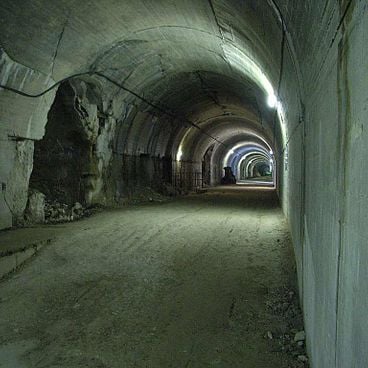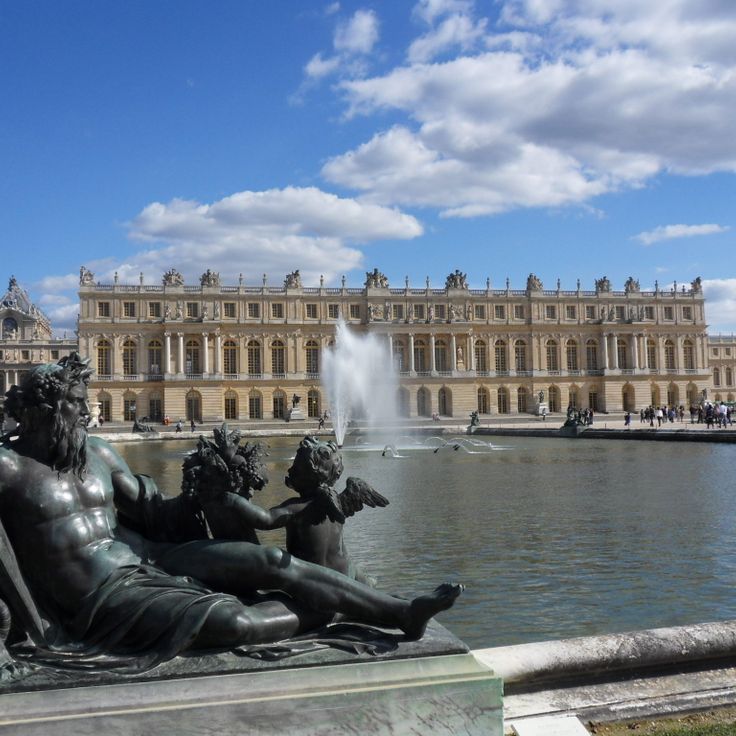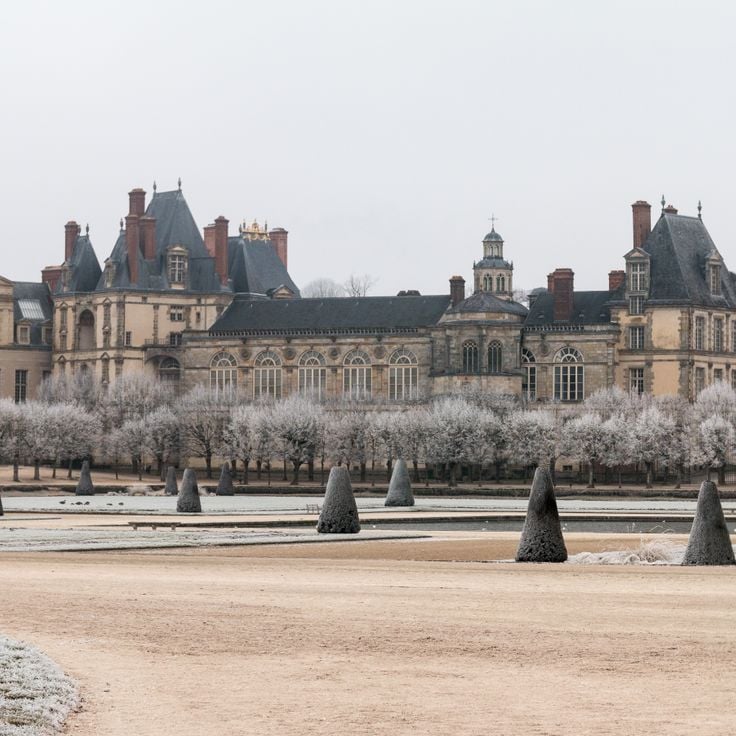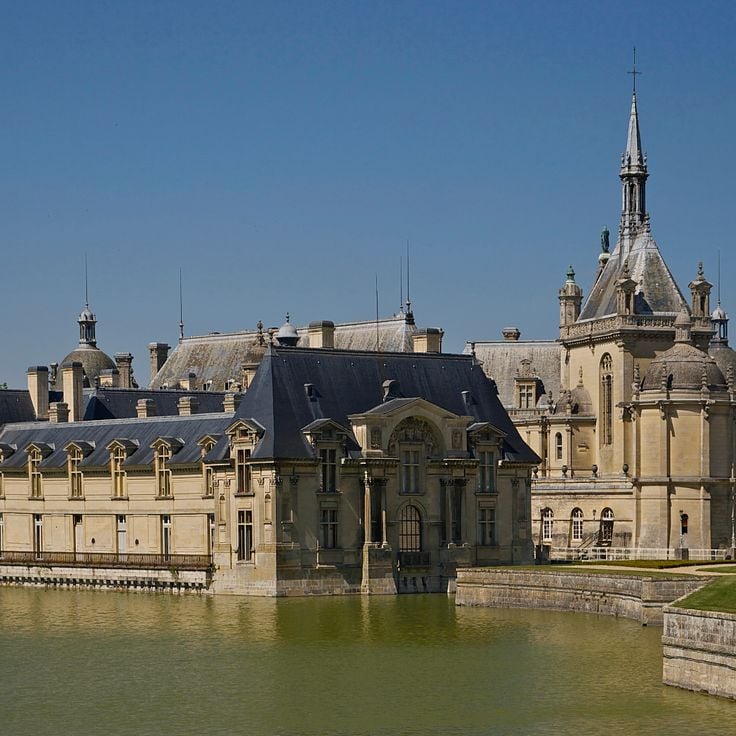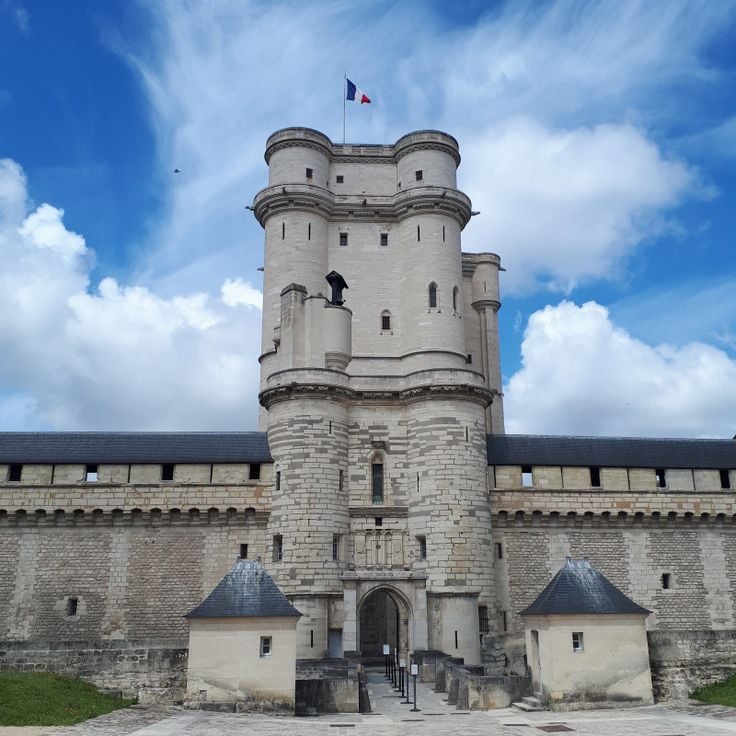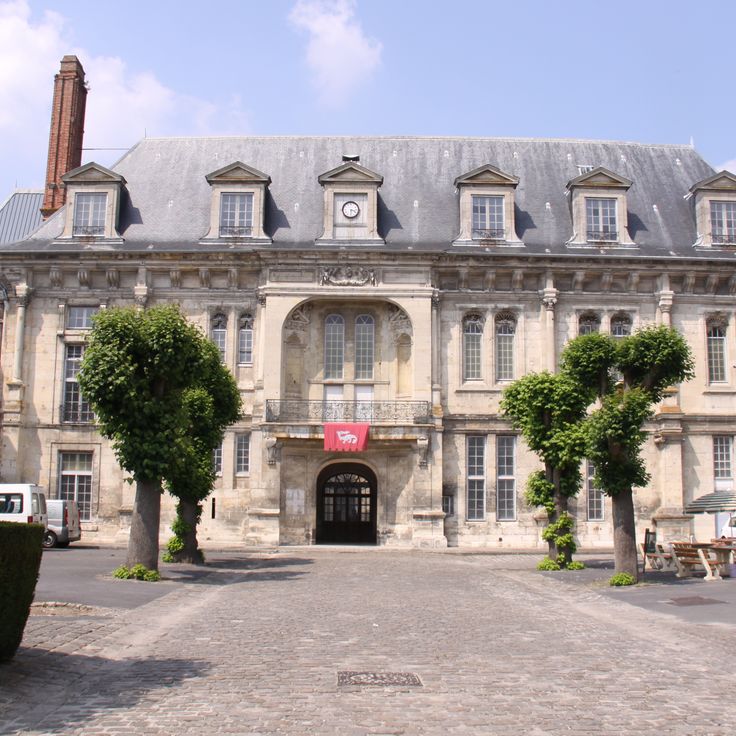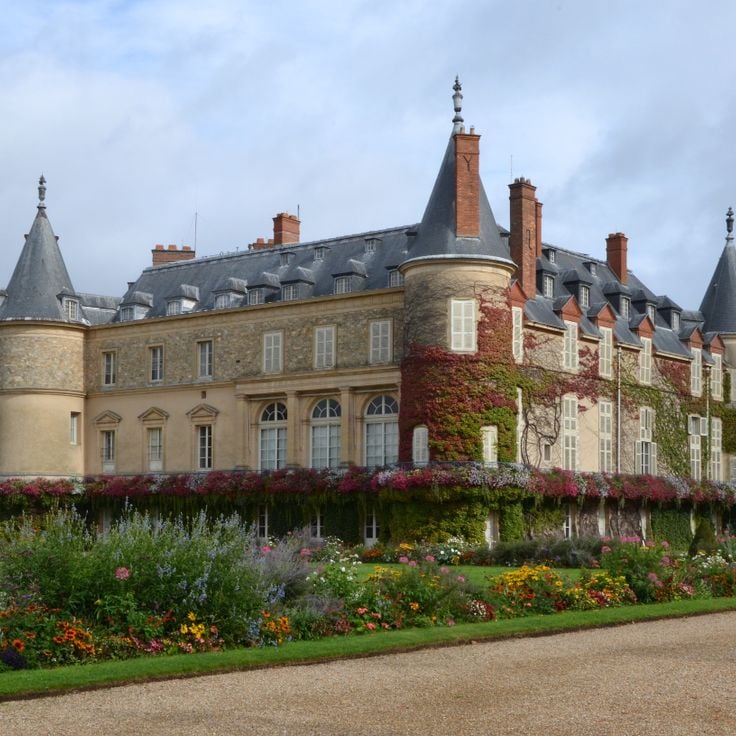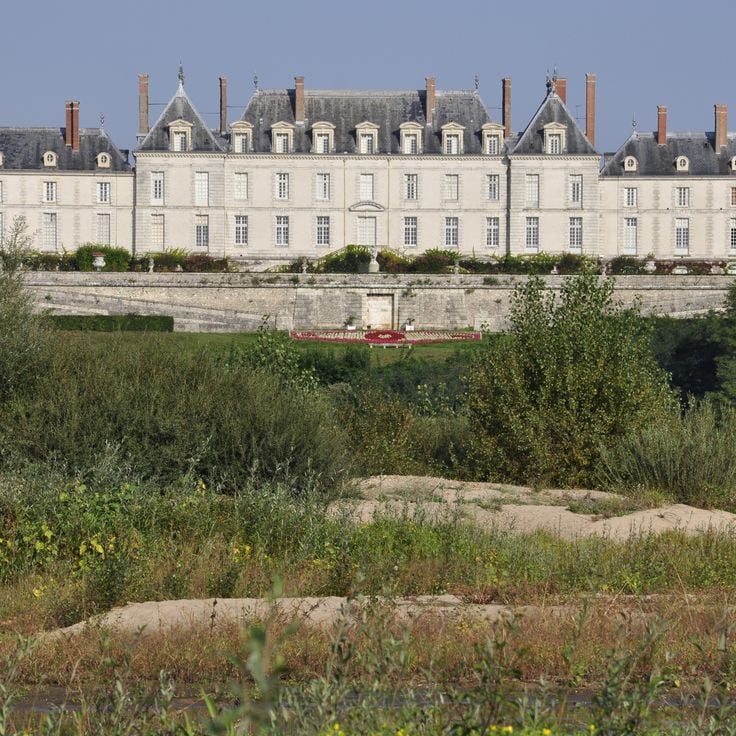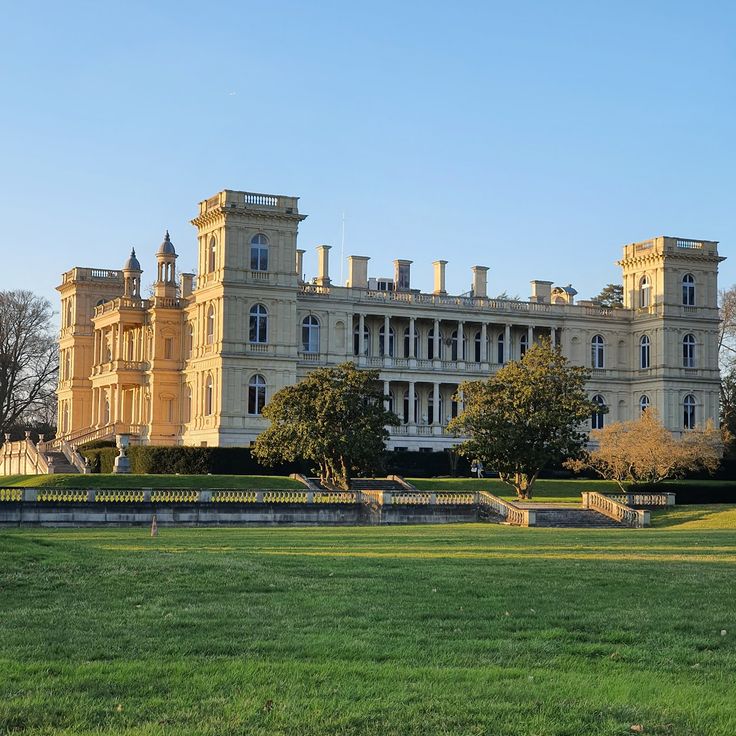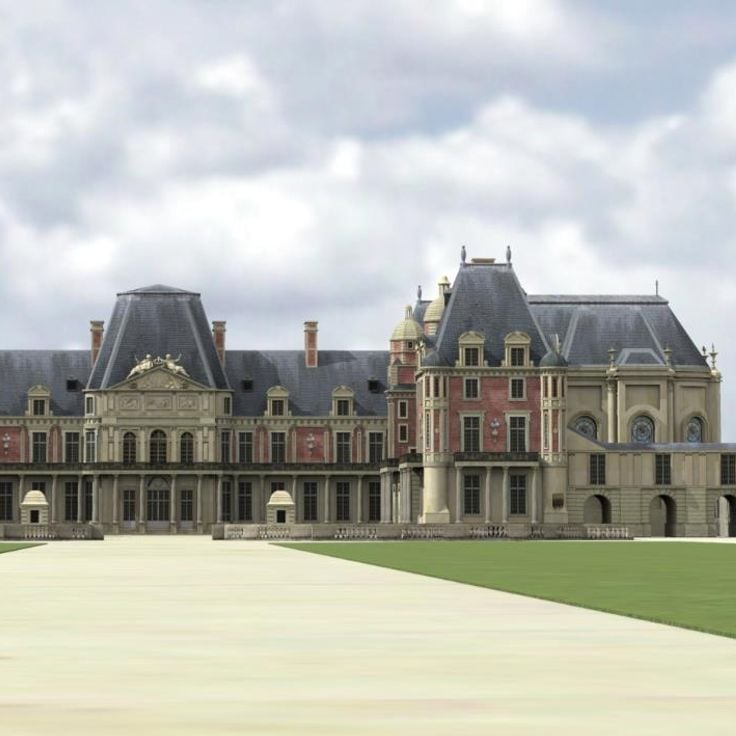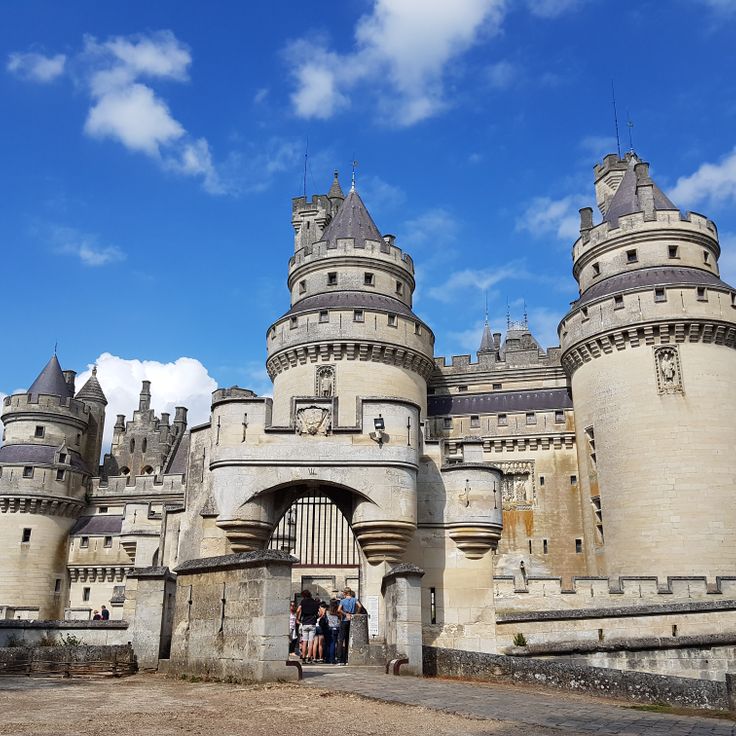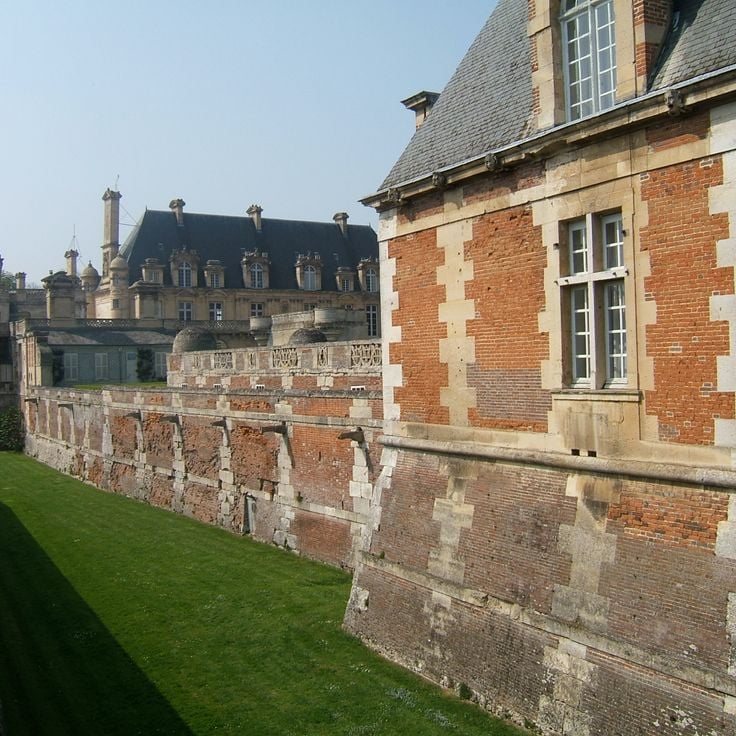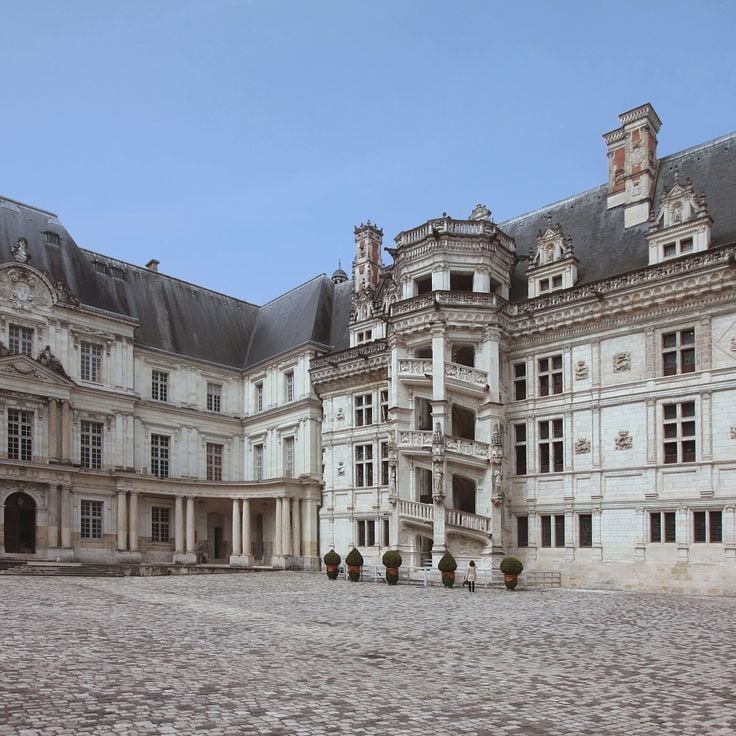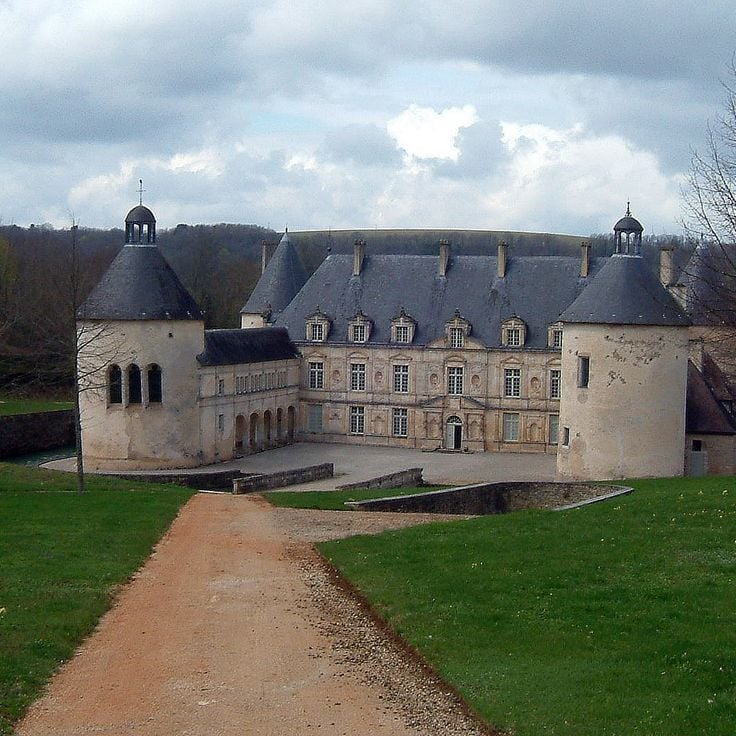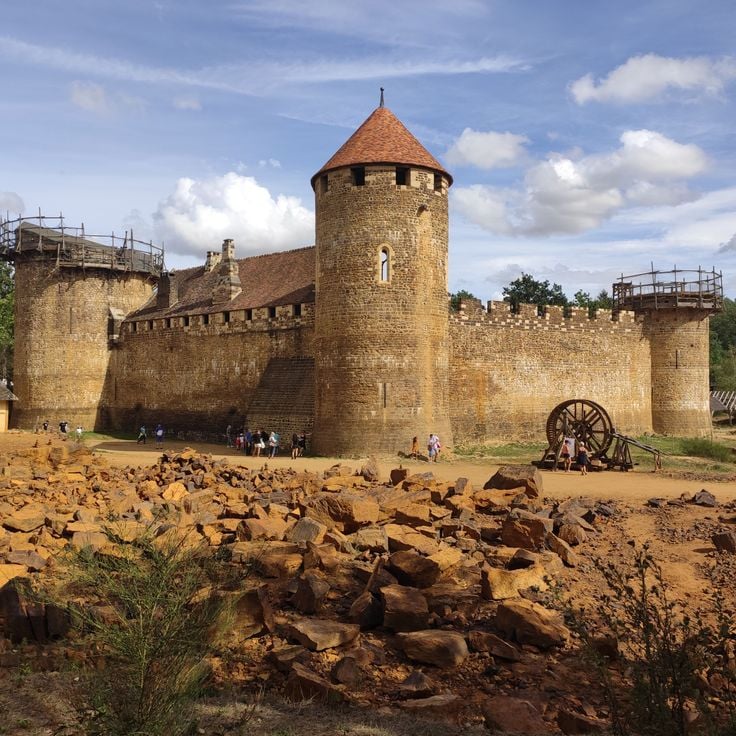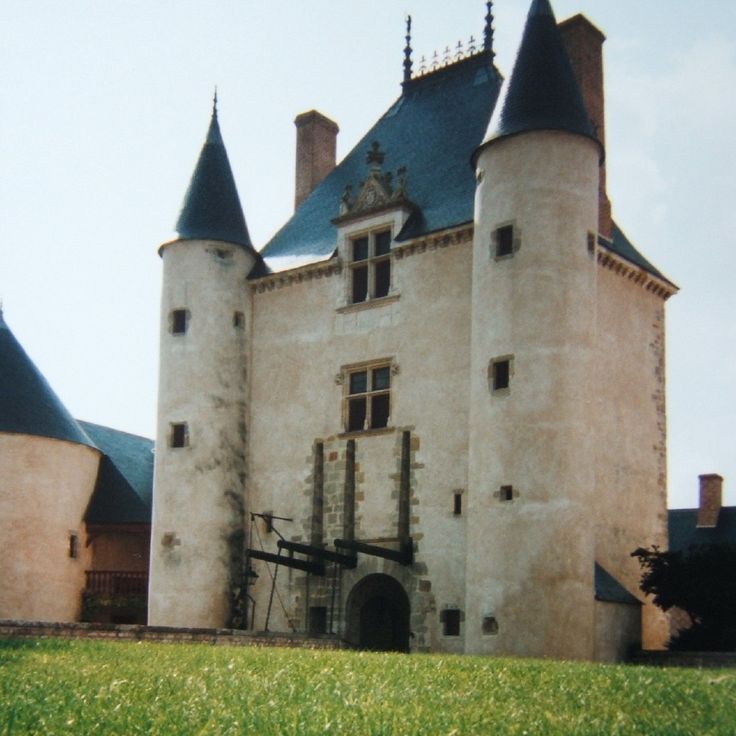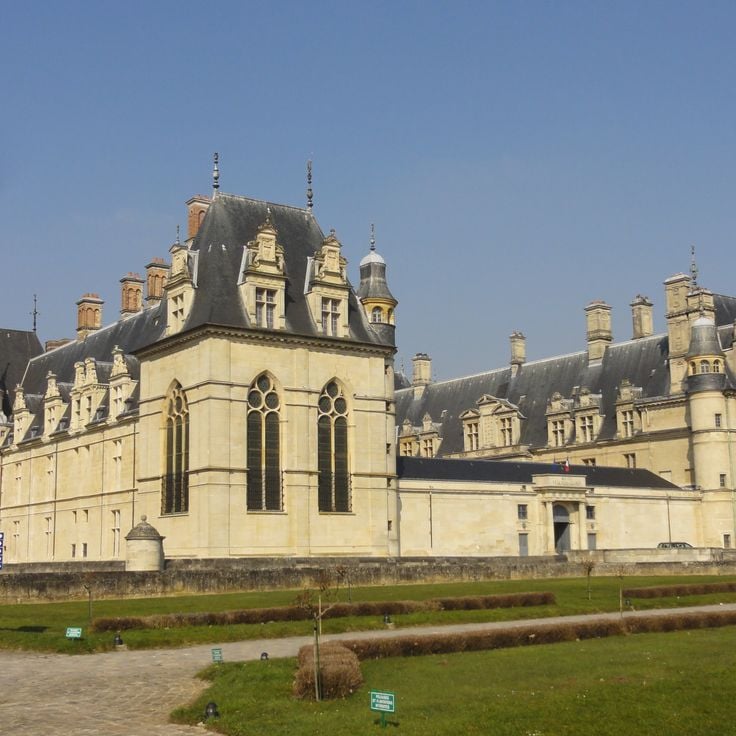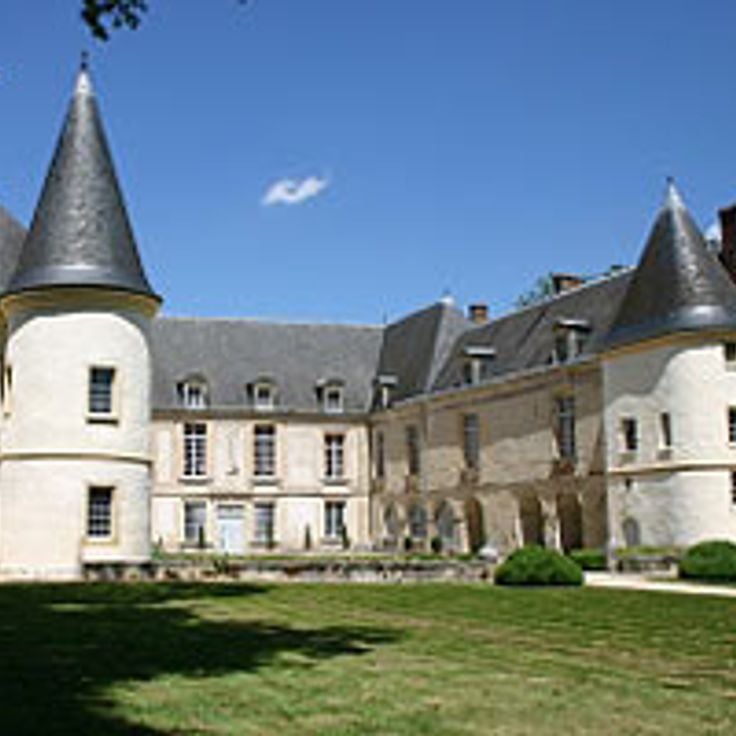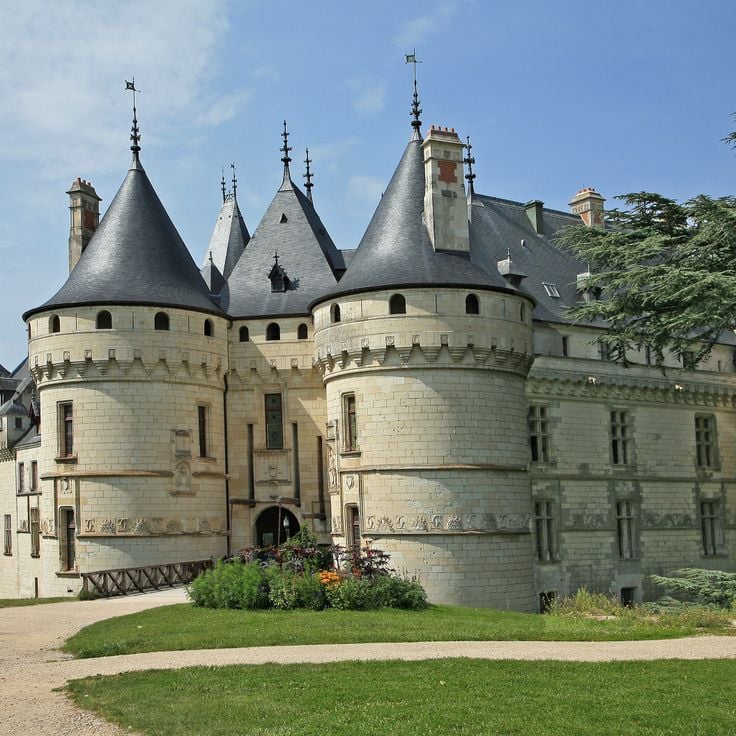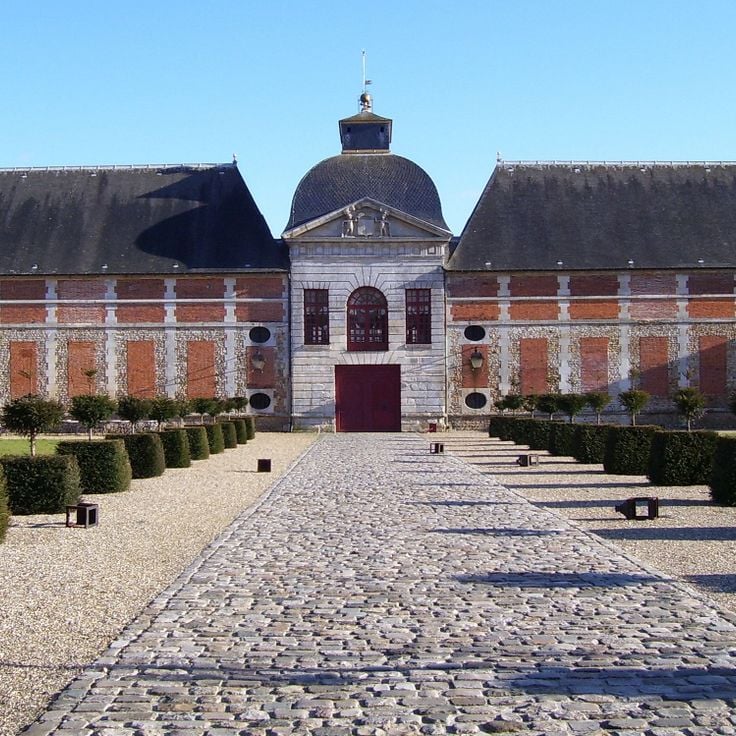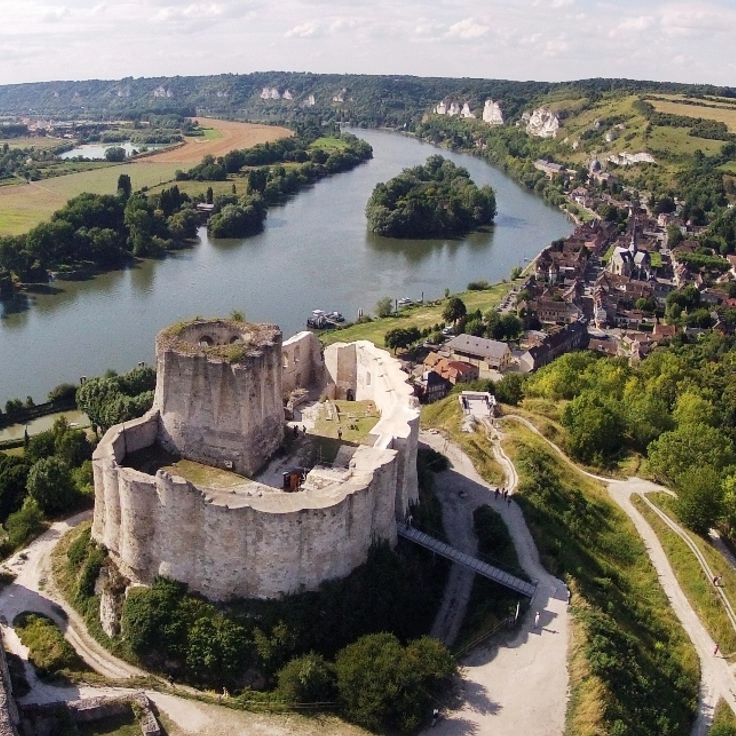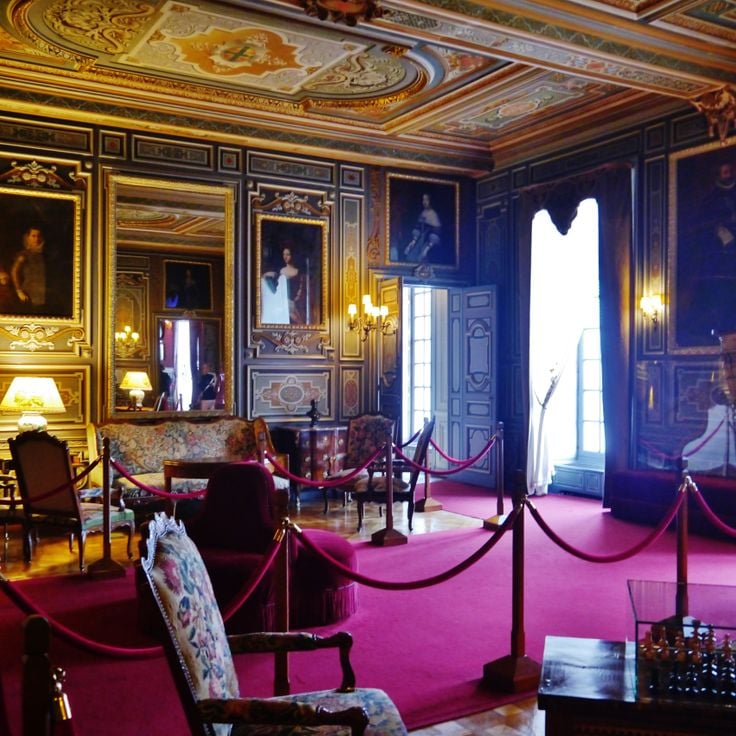The castles surrounding Paris provide insight into several centuries of French history. From medieval fortresses to Renaissance palaces to Napoleonic residences, each structure represents different architectural styles and periods. These buildings served as homes for French kings, emperors and noble families, and today house significant collections of furniture, artworks and historical objects. Many are surrounded by extensive gardens and grounds that are also open to visitors. The collection spans a wide geographic area from Versailles to the Loire Valley, offering destinations that range from half-hour to two-hour drives from Paris. Properties like Versailles and Fontainebleau attract millions of visitors annually, while smaller estates like Château de Breteuil or Château de Condé provide quieter alternatives. Some, like Château de Guédelon, offer unusual perspectives on medieval construction methods, while restored sites such as Château de Pierrefonds demonstrate 19th-century interpretations of medieval architecture.
This palace served as the principal royal residence from 1682 and represents absolute monarchy under Louis XIV. The complex contains over 2,300 rooms with original furnishings from the 17th and 18th centuries. The gardens extend across 2,000 acres (800 hectares) with geometric parterres, fountains and more than 400 sculptures. The Hall of Mirrors with its 357 mirrors was the site of major historical events, including the signing of the Treaty of Versailles in 1919.
This castle ranks among the most important royal residences in France, housing rooms from eight centuries of continuous occupation. The estate covers 320 acres (130 hectares) and contains 1,500 rooms that reflect architectural styles from the Renaissance through the 19th century. French rulers from Francis I to Napoleon III shaped the interiors and garden layouts, which now display furniture, paintings and historical objects from the monarchy era.
This château was purchased by Josephine Bonaparte in 1799 and served as her primary residence during the Consulate and as her retreat following her divorce from Napoleon. The palace preserves a significant collection of paintings, furniture and personal items from the Napoleonic era, documenting the private life of the empress and the artistic sensibilities of the early 1800s.
The Château de Chantilly houses France's second largest art collection and displays the history of French nobility through its architecture and interiors. The library contains 60,000 volumes and 1,500 manuscripts. This castle served as the residence of the Condé family and combines medieval fortress architecture with Renaissance elements. The collections include paintings, furniture and historical documents spanning several centuries.
This medieval fortress stands as one of the most significant defensive structures near Paris, documenting the military architecture of late medieval France. The 52-meter (171-foot) keep from the 14th century ranks among the tallest in Europe. Six towers punctuate the defensive walls that enclose a central courtyard housing the Sainte-Chapelle de Vincennes. The Château de Vincennes served periods as a royal residence before Versailles was built, providing insight into the evolution of French royal architecture.
This castle connects architectural history with a key moment in French language policy, as King Francis I signed the 1539 ordinance here that established French as the administrative language. The building belongs to the historic residences around Paris that provide insight into court life and the political decisions of the French monarchy. The complex displays Renaissance elements and documents the royal role in shaping national identity.
Architect Jules Hardouin-Mansart designed this castle with a central dome and symmetrical wings, making it one of the notable historic residences near Paris. The classical 17th-century construction demonstrates the architectural language of French aristocracy. The Château de Dampierre presents the evolution of French castle design between Renaissance and Baroque periods through its preserved interiors and formal garden layout.
This château illustrates the classical French style of the 17th century through its precise geometric forms. François Mansart designed and built the structure between 1630 and 1651 for René de Longueil, a parliamentary president. The facade composition and interior spaces demonstrate the architectural principles of French classicism that influenced later palace construction throughout France.
This residence served French kings, emperors and presidents across different periods of the nation's history. The château contains formal state rooms with period furniture and artworks from royal collections. The grounds include formal French gardens and an English-style landscape with a Chinese Pavilion and the Shell Cottage.
This 18th century castle stands on the right bank of the Loire and displays classical French architecture from the period before the Revolution. Château de Ménars served as a residence for the Marquise de Pompadour, who commissioned significant redesigns of the gardens. The property includes formal parterres, terraces and a geometric layout that reflects the design principles of that era. The interiors preserve historical woodwork and period furnishings from the 18th century.
This castle was built in 1855 for the Rothschild family and combines French and Italian architectural styles of the 19th century. The interiors display period furniture and artworks from the Second Empire era. The landscaped park extends across 300 acres (120 hectares) and contains woodlands, ponds and gardens.
This castle was built on a hill and provides views of Paris. The terraces and French garden are part of the estate. The architecture shows different construction phases from the 16th to the 19th century. The site served royal and imperial residents as a residence and sits about 6 miles (10 kilometers) southwest of the capital.
This castle near Compiègne stands among the most complete examples of medieval military architecture in the region. The 14th-century fortress received extensive restoration between 1857 and 1885 under Napoleon III, with Eugène Viollet-le-Duc blending Gothic elements with contemporary interpretations. The towers, ramparts and interior spaces demonstrate both the original defensive function and the 19th-century romantic vision of medieval grandeur. Château de Pierrefonds thus documents two important periods in French history and architectural practice.
This castle was designed in the 16th century by architect Philibert de l'Orme as a residence for King Henry II and his mistress Diane de Poitiers. The building demonstrates French Renaissance architecture at its most developed, featuring an entrance portal now housed in the Louvre and preserved interiors with original woodwork and wall paintings.
This castle combines four architectural styles from the 13th to 17th centuries and served as the main residence for several French rulers. The complex documents the evolution of French court architecture through its medieval foundations, Gothic elements, Renaissance wings and classical facades. The rooms display the development of courtly representation and preserve evidence of significant historical events.
This castle contains a collection of 500 portraits and murals commissioned by the Count of Bussy-Rabutin during his 17th-century exile. The rooms document his satirical view of the French court and his life away from Versailles. Château de Bussy-Rabutin shows how a banished nobleman transformed his isolation into artistic self-expression.
This experimental construction project began in 1997 using exclusively medieval tools and techniques. Château de Guédelon demonstrates 13th century craftsmanship in practice, from stone cutting to carpentry work. Visitors observe blacksmiths, stonemasons and masons performing traditional work processes. The project combines historical research with practical application and offers insights into medieval building methods and work organization, illustrating how French castles of that era were constructed.
This Renaissance castle houses a perfume museum with historical scents and bottles from several centuries. The collections document the development of perfume making in France and demonstrate techniques of distillation, blending and storage. Château de Chamerolles connects architectural history with the cultural role of fragrance among French nobility.
This castle preserves tapestries from several centuries and presents rooms decorated with scenes from Charles Perrault's fairy tales. The interiors document the life of a noble family across multiple generations. The gardens extend over substantial grounds with geometric beds and woodland paths. As one of the historic castles near Paris, Château de Breteuil illustrates aristocratic life from the 17th through the 19th century through original furnishings, family portraits and personal belongings.
This castle houses the National Museum of the Renaissance, displaying collections of 16th century furniture, ceramics, enamels and stained glass. The historic residence was once owned by Constable Anne de Montmorency and illustrates the artistic achievements of the French Renaissance through its exhibited works and architectural details.
This castle displays French noble architecture with an extensive collection of historical artworks and tapestries from the 17th century. The private residence ranks among the notable aristocratic estates near Paris and offers insights into French upper-class life. The interiors preserve original furniture, paintings and decorative elements from various periods.
This castle, rising above the Loire since the 10th century, now serves as the venue for international garden festivals and contemporary art exhibitions. The medieval fortress was transformed in the 15th century and displays both Gothic and Renaissance elements. Its preserved interiors contain period furnishings and decorative arts spanning several eras of French aristocratic history.
This castle combines French and Italian architectural styles with extensive water features and garden layouts. The Château de Bizy demonstrates the aristocratic building tradition of the 18th century near Paris and belongs to those residences that nobles constructed for representative purposes.
This castle presents 17th-century baroque architecture with later classical additions. The geometric gardens follow principles established by André Le Nôtre, featuring water basins, trimmed hedges and sculptures. The interior displays French furnishings from various periods, demonstrating the evolution of aristocratic residences in Normandy. Restored rooms contain 18th-century furniture, paintings and decorative arts that illustrate the lifestyle of French nobility during this era.
This medieval fortress ruin from the 12th century stands on a limestone cliff 295 feet (90 meters) above the Seine Valley. Richard the Lionheart built the structure between 1196 and 1198 to defend the Duchy of Normandy. The strategic position provided control over river traffic and access routes to Rouen. Today the preserved walls, towers and defensive systems demonstrate the advanced military architecture of the period. The château represents one of the significant fortifications in the region north of Paris.
This castle represents the literary success of Alexandre Dumas, who completed the residence in 1846. The estate combines Renaissance architecture with a separate Neo-Gothic writing house where the author composed his novels. The interiors display furniture and decorations from the mid-19th century, while the gardens follow English design and include sculptures of literary characters.
This castle was built in the 16th century on an island in the Indre River, combining French construction with Italian influences. The interior rooms display Renaissance furniture and tapestries. The surrounding park extends along the riverbank and was designed in the English style during the 19th century.
This 17th-century Loire castle preserves a collection of historical furniture and tapestries in its 25 accessible rooms, illustrating the architecture and lifestyle of French nobility during the classical period.
The castle served as a royal residence for centuries and rises above terraced gardens that descend toward the Seine. Francis I transformed the medieval fortress into a Renaissance palace in the 16th century, while Louis XIV spent his childhood here before moving to Versailles. The 13th-century chapel with its slender columns remains one of the oldest surviving sections. Today the castle houses the National Museum of Archaeology with collections on early French history. From the courtyard, you can see the mix of medieval construction with Renaissance elements.
Similar collections
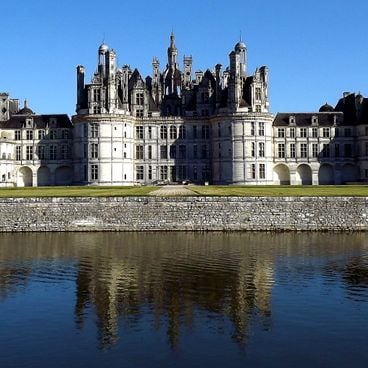
Châteaux of the Loire: Renaissance architecture, historic gardens, and royal residences
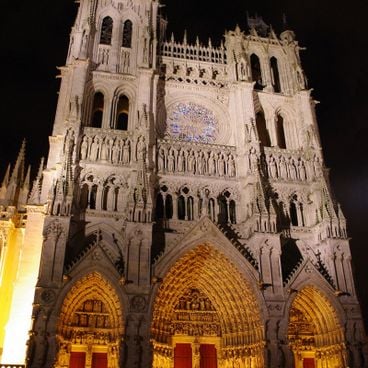
Historical buildings in France: castles, cathedrals, Roman architecture

Alternative destinations in Ile De France
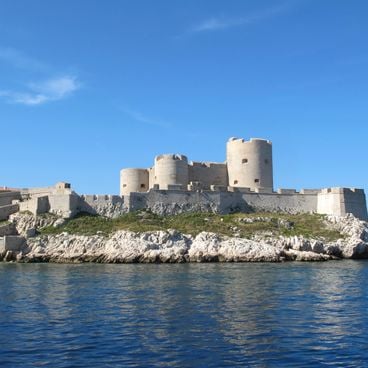
Filming locations of The Count of Monte Cristo
